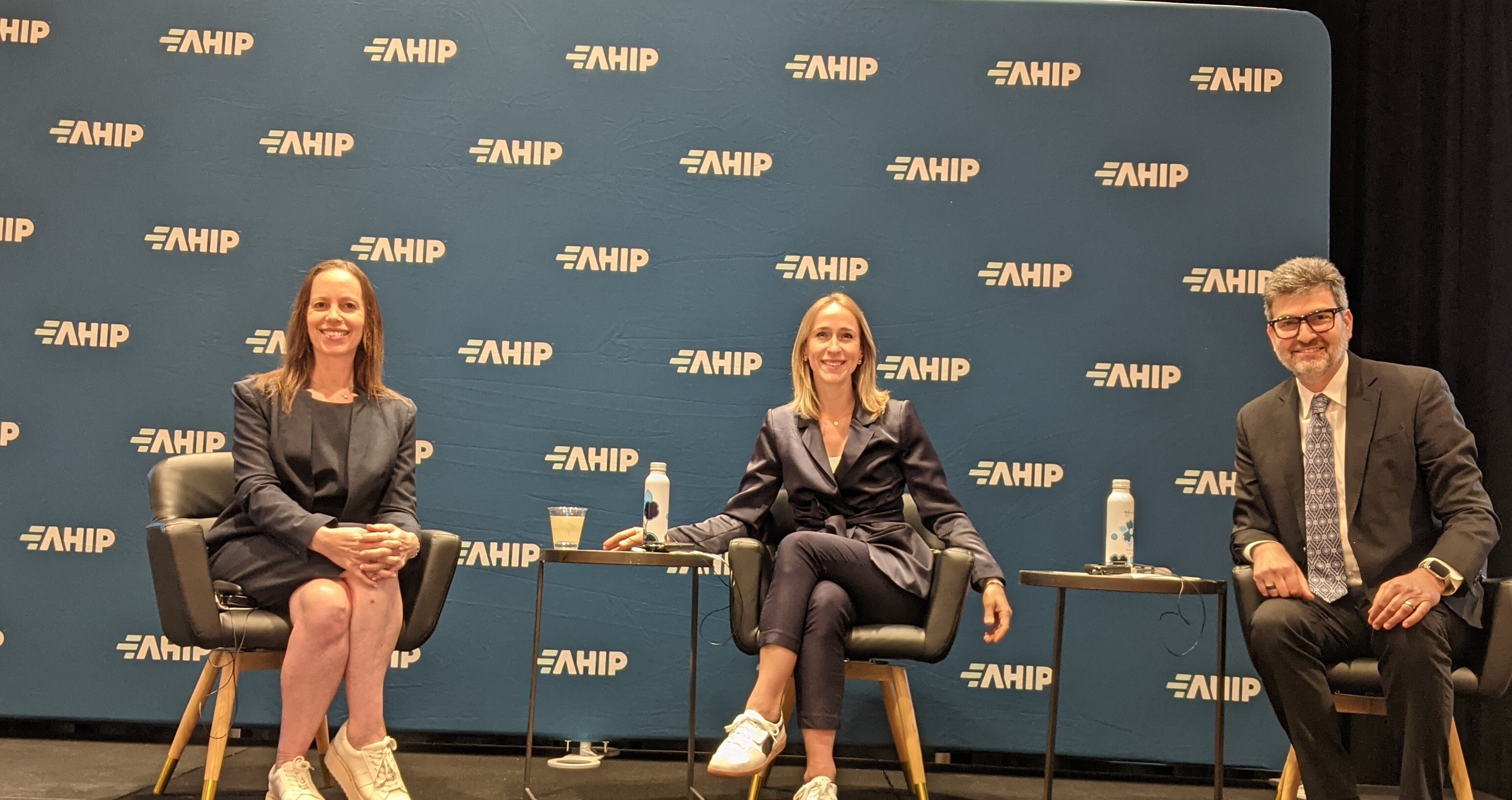
After spending a few days attending the annual AHIP conference in June, I’m still reflecting on what I discussed and learned from other leaders committed to shaping health care. While there, I had the privilege of moderating a conversation on cardiovascular care with two leaders immersed in heart health: Jana M. Goldberg MD, FACC, Chief Medical Officer for Heartbeat Health, and Terence Offenberger, MD, MBA, FACP, cardiologist and Deputy Chief Medical Officer for Aetna Medicare.
Our conversation was a timely precursor to recent data from the American Heart Association: deaths from heart attacks have declined by nearly 90% over the past 50 years, however, deaths from heart failure, arrhythmias and hypertensive heart disease have increased from 9% to 47% in the same timeframe. The urgent question ahead of us: what will it take to accelerate detection and intervention for cardiovascular diseases?
As Signify Health’s Chief Medical Officer, I believe the path to improving cardiovascular care requires an accessible, coordinated model that improves access to early detection, appropriate interventions and management. During AHIP, we focused on the work we’ve done to introduce a continuous echocardiogram (cECG) to eligible health plan members during the In-Home Health Evaluation (IHE) via a hybrid approach. Our internal analysis shows a yearly stroke risk between 4.8% and 7.2% for those diagnosed with atrial fibrillation (AFib) or flutter, emphasizing the importance of detection and timely intervention.
During the IHE, Signify Health clinicians will screen the member and apply the cECG monitor which captures cardiac activity. After 14 days of wear, the member mails the monitor to Heartbeat Health where a cardiologist reviews the data, interprets results and documents diagnosis, if appropriate. Members with abnormal results will be notified and have an opportunity to discuss next steps with a clinician. Additionally, all results will be shared with the member, their health plan and their primary care provider. This hybrid approach is foundational when it comes to connecting people to cardiologists that might not be readily accessible in their area, as well as providing an option to conveniently monitor their health at home.
I always think about solutions from the member’s perspective and what would ultimately make their health care experiences simpler. So, what does it look like to improve cardiovascular care for someone like Helen*, an 83-year-old woman with a history of heart failure?
Helen was identified as high-risk during an IHE and subsequently enrolled in our continuous ECG (cECG) monitoring program, a crucial step in proactively managing her heart health.
With the device application and functionality explained thoroughly by the Signify Health clinician, Helen embarked on a 14-day monitoring period from home. Upon completion, Helen returned the cECG device by mail, and her data was swiftly reviewed by a dedicated cardiologist who identified newly diagnosed atrial fibrillation, a condition that could have serious implications if untreated.
The cardiologist promptly contacted Helen to discuss the findings and her recommended next steps. This follow up ensured Helen understood her condition and the necessary actions to take. She was seen by the cardiologist, who prescribed Eliquis for stroke prevention and adjusted her heart failure treatment to include beta blockers and diuretics. This personalized care plan provided Helen with the support needed to manage her heart health effectively, overcoming many of the barriers that prevent so many from accessing the care they need.
With Helen’s story as a testament, it’s clear that collaborative, hybrid and member-centric innovations are not only enhancing cardiovascular care – they are redefining what’s possible to support millions of people like Helen.
*The individual featured in this case study is a real patient whose experience illustrates the impact of our cardiovascular care solutions. To protect her privacy, the name “Helen” has been used a pseudonym.
